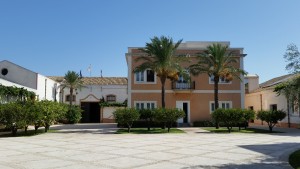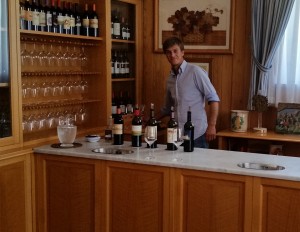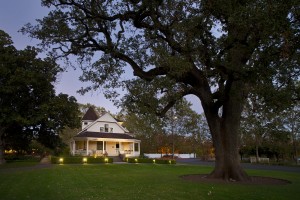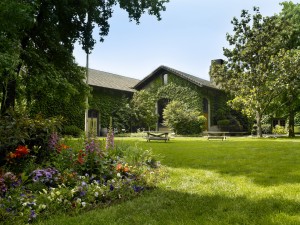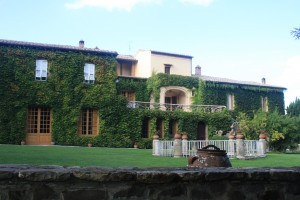The wines at Rombauer are undeniably BIG, but the experience of visiting their winery for a tasting is definitely an intimate one. Maybe it’s because the proprietor’s family is descended from the Irma Rombauer who wrote The Joy of Cooking, which was once America’s basic cookbook. There’s something homey about a visit to the Rombauer winery. It’s still family-owned and operated and has been a part of Napa Valley’s wine history since 1980.
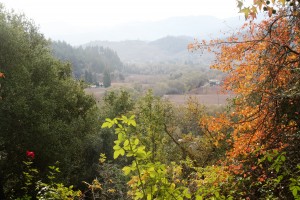
The view from Rombauer’s porch
To get to the winery, you have to turn off St. Helena’s Silverado Train and climb a long hill until you are greeted by an astonishing view of Napa Valley. (See our previous article on wine with a view.) Visitors are invited to bring your lunch and sit at one of their eight outdoor tables overlooking the valley. You don’t have to buy anything from them, but it would be impolite not to get something. As we said, it’s a bit like going to Grandma’s for a picnic. You feel very welcome.
The tasting room is very “country” style, in keeping with the Rombauer family’s overall attitude. It’s in a long, narrow room that doesn’t accommodate many people at the same time so they don’t take parties larger than six people. There are no buses and no stretch limos; which is a distinct plus as far as we’re concerned. It would be hard to fit more than a dozen people in the room but you can take a glass out onto the porch if it ever gets squeezed (which it never has in our experience).
We must say that those who serve you are more pourers than educators, but they make up in enthusiasm for what they lack in detailed winemaking knowledge. There’s usually someone around who does can answer your questions if the server gets stuck.
Now, as to the wines themselves there is some controversy. You’d better like a very distinct California style, from back in the good ol’ days, or you’re going to be overwhelmed at Rombauer. They are best known for their Cabernet Sauvignon, Zinfandel and Chardonnay and these all have considerable depth and flavor. And they all have a lot of alcohol; almost all their wines are over 14% alcohol and a few of their Zins top out at 15.9%! ‘Nuff said.
It would be one thing if they just poured you a few meager sips. But the Rombauer folks are very generous, indeed, especially if you take their Proprietor Flight for $30. You’ll get everything they offer you and then someone will say, “Well, which one did you like best?” Upon answering, the server will often say, “In that case, I think you’d like this”…and this, and this, and this.
Knowing that this is likely to happen, one of holds back a little in order to drive away safely. The idea of sitting down for a picnic at that point sounds very attractive. In all seriousness, each of us has walked away from Rombauer at one time or another feeling just a little woozy.
We don’t think that Rombauer will ever build a Napa Palace unless the family
decides to sell out to an international wine conglomerate. Given the history of the winery that seems very unlikely. But who knows? If you like your wine tasting experience to be rustic, friendly and welcoming by all means include Rombauer in your wine tasting plans. If you prefer glitz, there are other places in Napa Valley that are likely to fit your bill.

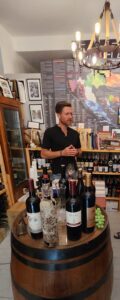
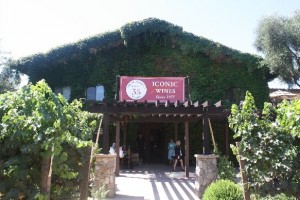 The Grgich Hills winery
The Grgich Hills winery 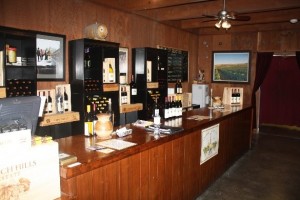 The tasting ro
The tasting ro